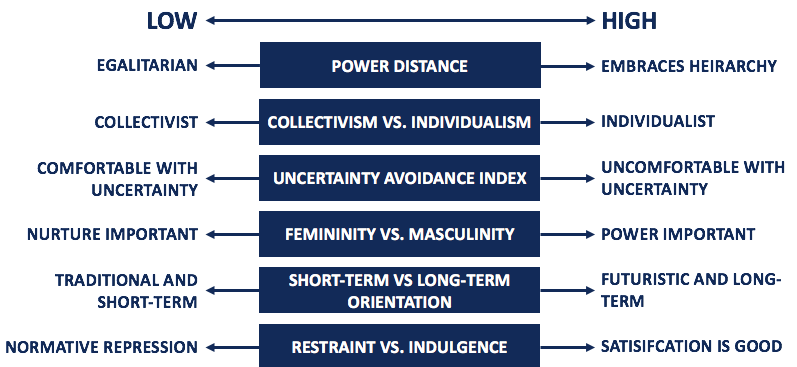… So that we can learn to pick ourselves up, Alfred! I was recently reminded of this quote from watching the “Batman Begins” movie with my 16yo. I really needed that reminder. Then I read the two blog posts by Beren on “Those who Failed” and “Versus the Endboss“. Let’s put it out there that we fall – and fail to remember that we fall.
I had been part of a large project – but had read the culture all wrong and we had failed hard. For a number of reasons and maybe mostly for systemic reasons. The team expected one mindset and one way of tooling – we provided another one. Even with all my best intentions and know-how of change management, this crashed. As Hannes elegantly put it, we had cycled too far ahead of the team:
- The team expected minutes of meetings and agendas, we worked for making things visible and shared
- The team expected testing to be checking the requirements, we worked for testing to support critical decision making
- The team worked political with back channels, we worked open and power-lifting
- The team participants had agendas that didn’t align with the project’s purpose
- The team expected all things equally important, we worked by priority and deadline
- The team expected detailed test cases to be approved at all steps, we provided intentions and purpose
- The team expected detailed handovers, we worked entrepreneurially to set things in motion
- The team expected an error-free lead, we worked knowing I wouldn’t remember everything
At one point I was arguing that the team needed to read Hofstede’s cultural dimensions theory – to read up on the different cultures we would be interacting with (our customers). In retrospect, we should have used it on ourselves first of all.

It’s a little more detailed than Westrum – and even Westrum might have helped. That is if we had been able to articulate the conflict well in advance. Perhaps a senior hire should have spotted the signals beforehand. As an outsider, I relied on people telling me things. I couldn’t hear or see the back-channel communications. This is a struggle for many staff people when switching roles:
Initially, no one from the operations organization and latest implementation opted for the leading the activity. As we had no playbook or project plan (only the produced artifacts) – I made a scrum-board-inspired work tracking system. Perhaps I should have used a Wardley map first of all as recommended by John Cutler in “TBM 18/52: We Need Someone Who Has Done “It” Before“
What is Wardley Mapping doing for us here? It is letting us explore a more nuanced view of the problem space. Instead of treating things as one problem, we break the problem apart into a bunch of capabilities. When we do this exercise we typically find:
Not everything is an existing playbook. Not everything is a new playbook.
To solve new problems, we need a foundation of stable playbooks. For example, to solve that crazy new problem, the team might need a foundation of trustworthy data.
Yes, you can break things apart to see them better. But you’re also dealing with the whole thing.
But then again the team would probably have stalled over the very concept of a strategy map. People are weird. No matter how it looks at first, it’s always a people problem. And even if you do try to take the first steps – your steps could be in the wrong direction. Even Master Bruce will fall in that situation.









